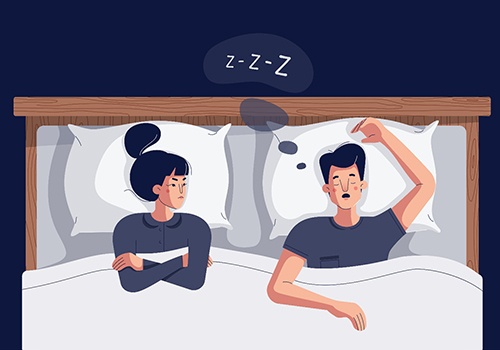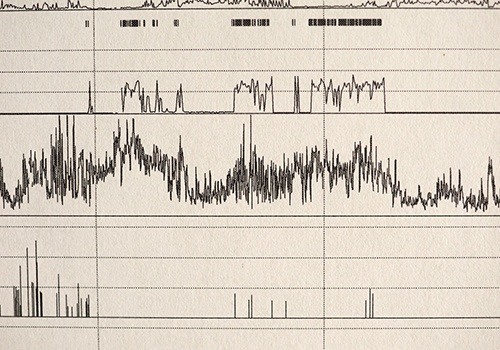Did you know that approximately 75% of people suffering from obstructive sleep apnea (OSA) in the United States are undiagnosed? This is partly due to the fact that some of the symptoms of OSA are more difficult to recognize than you may think. It’s important to know what the common symptoms are so you know when it is time for you to seek help. Continue reading to learn about some of the most common symptoms of sleep apnea, how to recognize them, and what next steps you should take.
How to Identify Symptoms of Sleep Apnea
Sleep apnea symptoms may not jump out as obviously as you may think. Many people recognize their symptoms because their sleeping partner notices, but if you sleep in your bed by yourself, you may not realize that you’re breathing repetitively ceases. A good first step to take is taking notes of how you feel each day. If you feel that your symptoms are chronic rather than occasional, it is worthwhile to discuss them with a sleep apnea dentist.
Most Common Symptoms of Sleep Apnea
Loud snoring is one of the most common and recognizable symptoms of sleep apnea. It is something that your sleeping partner or someone else nearby is likely to notice right away. Just remember that snoring doesn’t always equate to sleep apnea. That’s why it’s necessary to consider other symptoms you may have. Here are some of the more common ones that are often overlooked:
- Chronic Daytime Fatigue: If you feel like you are going to bed at a decent hour, but still feel tired the next day, it could be possible that you aren’t staying asleep throughout the night. This poor-quality sleep can also result in other symptoms, including mood swings, memory loss, and difficulty focusing.
- Morning Headaches: When you repetitively stop breathing throughout the night, less oxygen is reaching your brain. This can result in the blood vessels dilating, therefore causing headaches in the morning.
- Hypertension: When you aren’t getting enough oxygen as you sleep, it can put a strain on your heart. This puts you at a higher risk of developing high blood pressure. That’s one of the reasons why your dentist takes your blood pressure during your routine visits.
Next Steps for Sleep Apnea Treatment
If you have some of the symptoms listed above and think that they may be caused by sleep apnea, the next step is to seek a diagnosis by undergoing sleep testing. This consists of wearing a device as you sleep that will record information from your body. The results are then interpreted by your doctor to see if you have sleep apnea. When you receive a sleep apnea diagnosis, we will discuss your treatment options and put together a plan to help relieve you of your symptoms and give you the quality sleep that you deserve.




